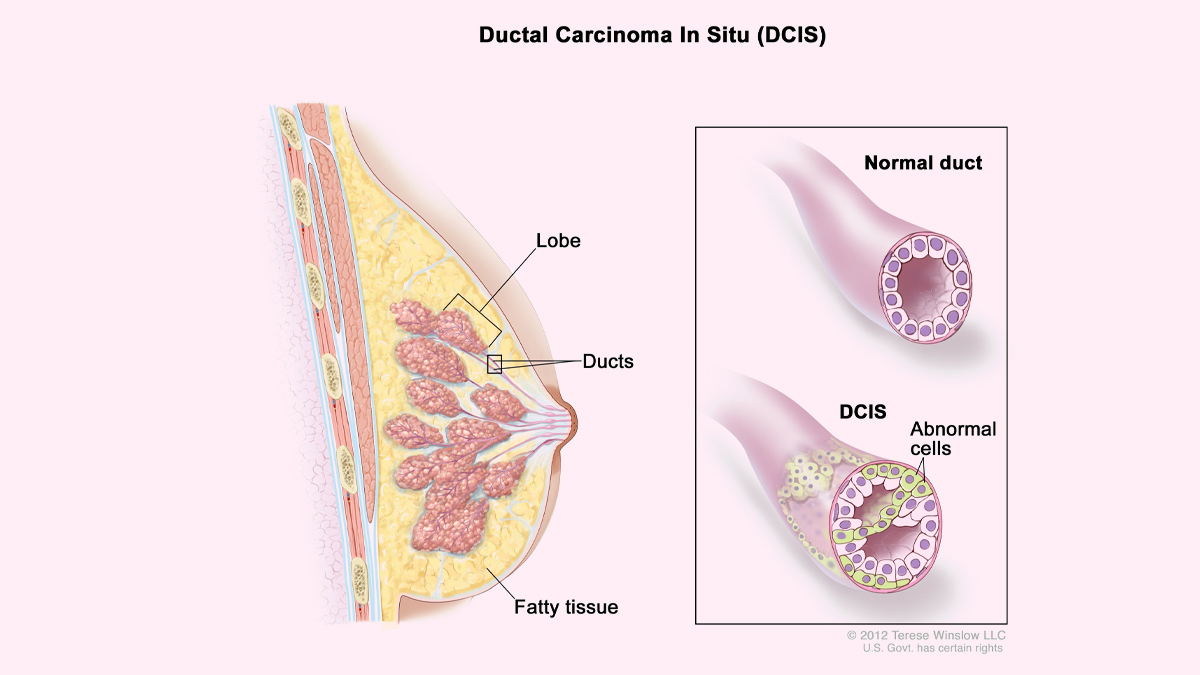
Hannah Storm, a luminary in the realm of sports journalism, encountered a harrowing revelation during her routine mammogram screening: an early-stage breast cancer diagnosis. Despite lacking any familial history, experiencing no pain, and detecting no lumps, Storm's journey serves as a stark reminder of the critical importance of regular check-ups and proactive health management.
Table of Content:-
Who is Hannah Storm?
At 61, Hannah Storm stands as an iconic figure in the sports broadcasting arena, boasting an illustrious career spanning over 15 years at ESPN. Her portfolio includes hosting some of the most prestigious events in sports, from Wimbledon and the U.S. Open to the NBA Finals and the Super Bowl. Beyond her broadcasting accolades, Storm is a published author and a fervent advocate for children's causes, epitomizing the multifaceted nature of her contributions to the industry.
View this post on Instagram
The Breast Cancer Diagnosis
Storm's ordeal unfolded during a routine mammogram, where her "dense" breast tissue prompted further investigation via ultrasound. Subsequent biopsy results unveiled the presence of ductal carcinoma in situ (DCIS), an early-stage and non-invasive form of breast cancer. Storm's disbelief upon receiving the diagnosis underscores the unexpected nature of the disease, despite her consistent adherence to yearly mammograms and the absence of overt symptoms.
Also Read: Tallulah Willis Reveals Autism Diagnosis; Here Are The Symptoms To Look Out For
Understanding Ductal Carcinoma in Situ (DCIS)
As per Dr Harshit Shah, Associate Consultant-Surgical Oncology, Fortis Hospital, Kalyan, ductal carcinoma in situ (DCIS) manifests as abnormal cell growth within the milk ducts of the breast, representing the earliest detectable stage of breast cancer. Characterized by its non-invasive nature, DCIS poses a minimal risk of metastasis beyond the confines of the ductal system. Detection typically occurs during routine mammographic screenings, often prompted by the identification of suspicious calcifications.

Symptoms and Causes
Unlike invasive breast cancer, DCIS rarely presents with discernible symptoms, although sporadic instances may involve the presence of a breast lump or bloody nipple discharge. The aetiology of DCIS remains enigmatic, primarily attributed to genetic mutations within breast duct cells. Risk factors include advancing age, a personal history of benign breast disease, familial predisposition to breast cancer, and various reproductive factors.
Also Read: Celine Dion Opens Up About Dealing With Stiff Person Syndrome; Here Are The Symptoms To Look Out For
Treatment Considerations
While immediate intervention may not be imperative for DCIS, treatment options encompass a spectrum of approaches, including breast-conserving surgery coupled with radiation therapy or mastectomy. Clinical trials investigating active surveillance as a viable alternative to surgical excision offer promising avenues for select individuals. Decisions regarding treatment modalities hinge on individualized assessments of disease progression and patient preferences.
Advocacy for Vigilance
Storm's journey underscores the paramount importance of regular screenings and proactive health management, transcending familial predispositions or overt symptoms. By championing heightened awareness and the prioritization of preventive healthcare measures, individuals can empower themselves in the ongoing battle against breast cancer.
Bottomline
In conclusion, Hannah Storm's courageous disclosure of her DCIS diagnosis resonates as a poignant reminder of the indiscriminate nature of breast cancer. Through her resilience and advocacy, Storm emboldens individuals to confront health challenges head-on, fostering a culture of vigilance and empowerment in the collective fight against breast cancer.
Also watch this video
How we keep this article up to date:
We work with experts and keep a close eye on the latest in health and wellness. Whenever there is a new research or helpful information, we update our articles with accurate and useful advice.
Current Version